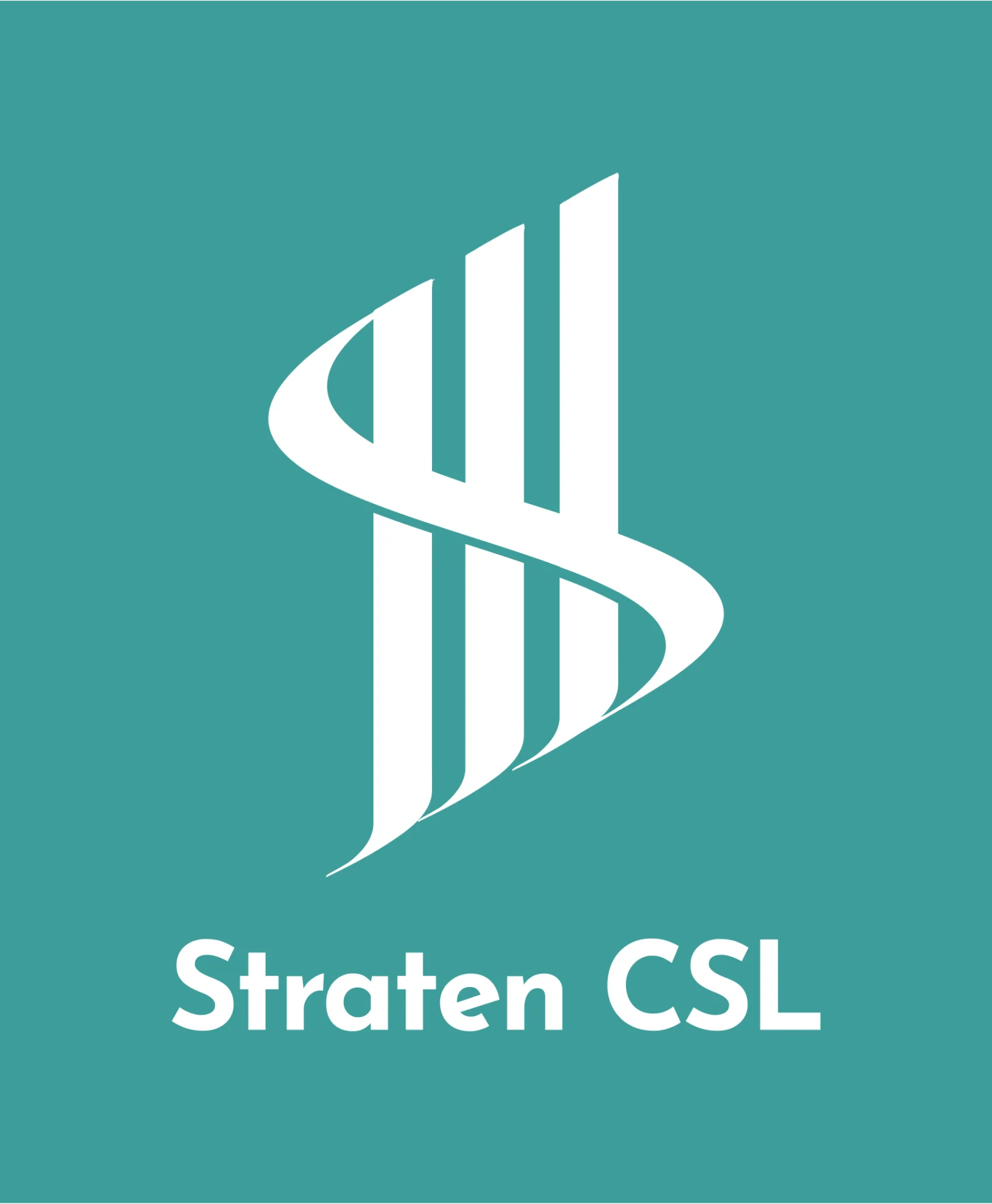Let Straten CSL take you through this brief guide to renewable energy installation within airport settings, and learn more about the importance of expert correspondence and consultancy.
Renewable energy
Why Renewable Energy?
Name any industry, and they have probably made strides towards embracing renewable energy over the last decade or two. Aviation settings and airports are no different, and stand to benefit from renewable sources, having long been reliant on fossil fuels such as oil, coal, and natural gas for a prolonged period. Environmentally beneficial methods are implemented to reduce carbon impact, and as an industry which has suffered financially over the last few years, economic benefits are also to be found from installing renewable measures.
From the energy saving costs of solar energy, to the renewable power generated by wind turbines, plenty are taking notice and following the green energy examples set by airports such as those in Melbourne and Bristol.
Important Considerations
As fantastic as it is to reap the rewards of renewable energy, there are issues to account for in the airport and surrounding airspace. Glint and glare assessment for solar panels are important for prioritising the safety of pilots, passengers and passers by, while Straten CSL can commit to analysing wind turbine impact, providing technical assistance to ensure the surrounding airspace is completely safe.
Crucially, the glint and glare created by reflective surfaces has the potential to interfere with air traffic control and aircraft which are approaching land, and while windfarms don’t provide a physical obstacle, they can affect navigation systems including radars.
Risk Management
Manage risk by enlisting the assistance of industry experts, with glint and glare assessments a crucial measure. In addition, our renewable integration experts can help with feasibility and aeronautical studies for development, the review of obstructive tall structures, practical safeguarding measures and aviation lighting among much more. Averse to the complicated jargon and difficult industry terms, we can provide you with a comprehensive and easy to follow report, detailing best practice.
As you will likely know, an airport constitutes much more than just a physical infrastructure. Various safeguarding requirements for an airport must be considered to comply with regulations, and this include navigational aids alongside airspace planning. We provide aviation consultant services and air traffic management in line with aviation regulatory requirements – so contact us today.

